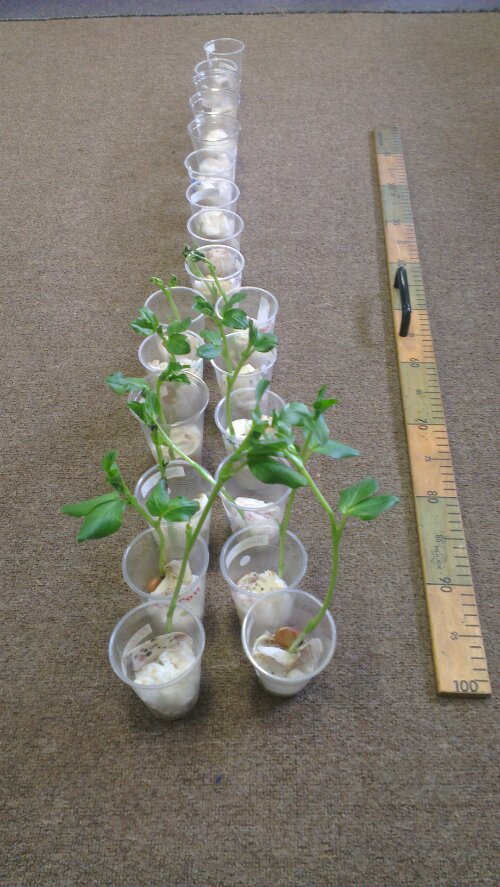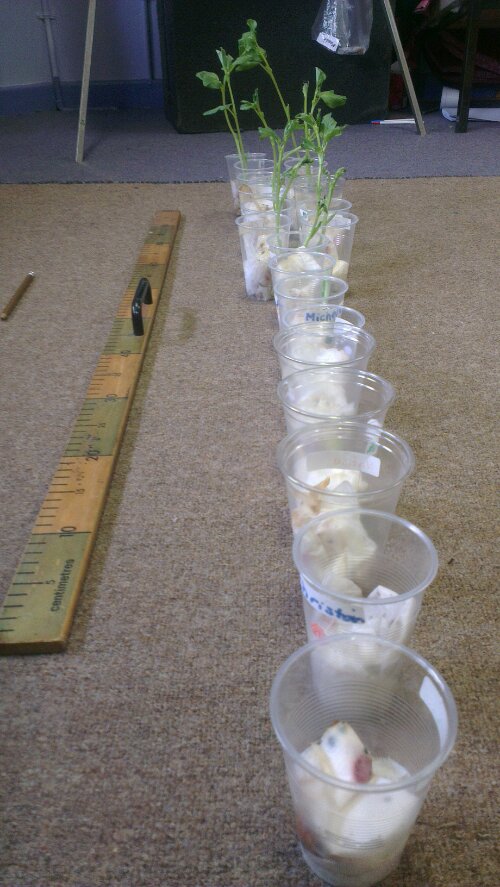Category Archives: Maths
Subtraction
Subtraction is when you start with a bigger number, and take the smaller number away. Sometimes we say ‘minus’ if we read a subtraction number sentence. We have been learning two ways of solving subtraction problems.
One way is to use concrete materials like counters to make the bigger number. From that group, you physically take the smaller number away. Then you count how many are left in the first group.
The second way we have used is to count backwards. You can do this with concrete materials or a number line until you get the hang of it, then you can do it in your head. You say the big number and ‘put it in your head’. Then you think of the smaller number and count backwards that many times. It’s hard to remember you’re counting the ‘jumps’ backwards, not counting back until you get to that number!
- Rabbit Takeaway
- Subtraction Machine
- Conveyer Belt Subtraction (British money symbol)
Pretty Patterns
Kindy know a lot about patterns. A pattern is something that repeats. That means, the same thing happens lots of times. We can talk about patterns by saying how many things are in the pattern, or how many times the pattern repeats.
🙂 🙁 🙂 🙁 🙂 🙁
This is a two pattern because it has two parts – happy face :), and sad face 🙁 .
This pattern repeats 3 times.
Learning about visual patterns now will get us ready to learn about number patterns to skip count, and eventually get us ready for number relationships, like when we learn times tables.
If you want to practice some more, try these games:
Skip count by 5s
Try these activities
Measuring Area
We can measure the area of a flat surface by covering it with things of the same size. It’s important not to leave any gaps or spaces; and not to let anything overlap (or sit on top of another one).
Here are some useful resources:
Quick Counting
Skip counting and rhythmic counting can be used to count objects more quickly. It’s really handy for finding the total number of objects when you have already made groups or rows to make fair shares. Later on, this skill can help you learn your time tables and division tables.
Growing our own beanstalks!
After reading ‘Jasper’s Beanstalk’ and viewing the story of ‘Jack and The Beanstalk’, Kindy worked in teams with our Stage 3 buddies to plant our own! Some of us had broad beans, and some had snow pea sprouts. We had to fill the bottom of our cup with damp paper towel and slide our bean down the inside, between the paper towel and the clear plastic cup – this way we would see it grow! We left them in a sunny spot and watered them regularly for about 3 weeks.
Some plants grew more than other ones. At first, some students thought that maybe the short plants didn’t get enough water, so we checked how wet they were. It turned out that the short plants were the wettest, and the tallest ones were the driest, so we decided that maybe some of the beans might have actually have drowned in too much water!
Finally we sorted our plants according to their height, using a ruler to measure and check. With the smallest plants, we measured their roots instead. The tallest plant was about 33cm tall!
 |
 |
World of Maths
On Tuesday, Mr Wilson (no relation to our Miss Wilson!) bought the ‘World Of Maths’ to our school. There were lots of fun hands-on learning activities to learn through Maths. Special thanks to the AMAZING parents who came in and helped take groups of children through the activities – we REALLY appreciated all your help!
